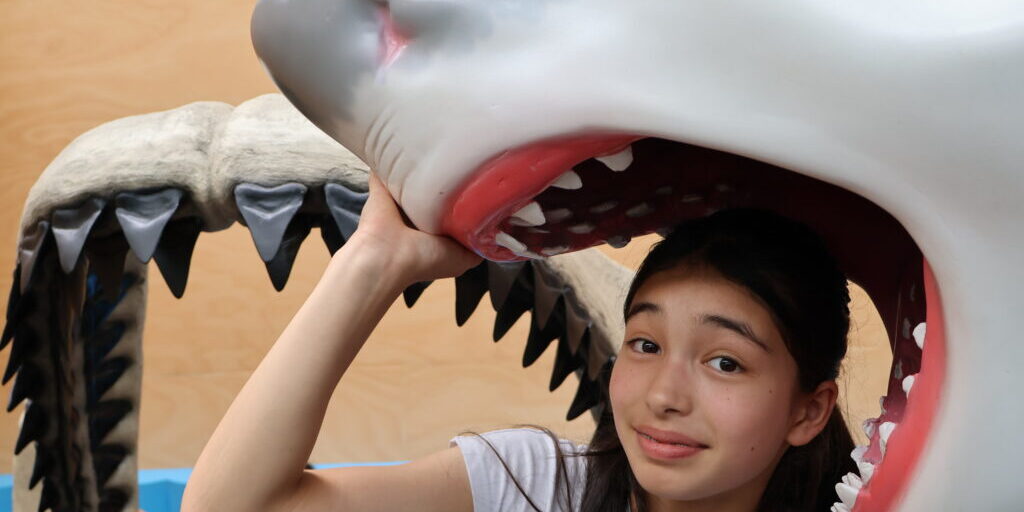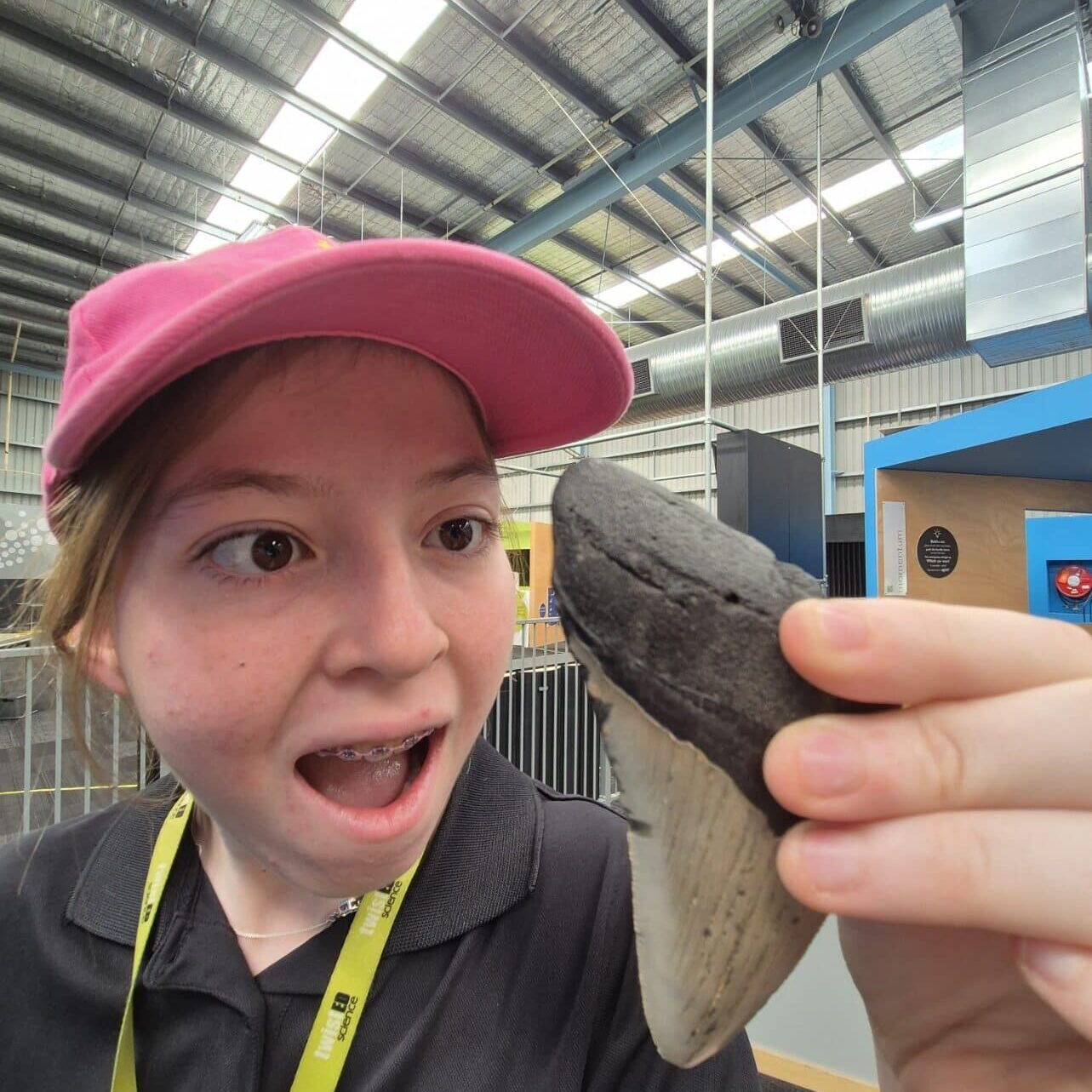welcome to the ocean
Shark Showdown: Great White vs. Megalodon!

The great white shark is an amazing predator of today’s oceans, but it’s no match for its ancient relative, the megalodon! Scientists think great white sharks are distant cousins of megalodons, which lived millions of years ago. While a great white’s jaw is big enough to fit a basketball, a megalodon’s jaw could fit an entire adult human standing up! The great white shark has a powerful bite, but the megalodon had one of the strongest bites in history, strong enough to crush a small car! Megalodons were also much bigger overall, growing up to 20 meters long (that’s about three school buses!), while great white sharks grow to about 6 meters. Even though they’re smaller, great whites are still incredible hunters, using their speed and sharp teeth to catch prey. It’s fun to imagine how enormous and mighty their ancient relatives once were!
The Story of Ocean Fossils: Secrets in the Sand
![IMG_2810[1] IMG_2810[1]](https://www.twistedscience.com.au/wp-content/uploads/bb-plugin/cache/IMG_28101-1024x683-panorama-8deb1aa7ea5670113c06e106ae9fd734-2iljvm7d4gn6.jpg)
The ocean is full of mysteries, and fossils help us uncover its ancient secrets! Fossils are like nature’s time capsules, showing us what lived in the ocean millions of years ago. One of the coolest ocean fossils to find is a shark tooth! Sharks lose thousands of teeth in their lifetime, and some of those teeth have turned into fossils over time. When a tooth falls out and gets buried in sediment like sand or mud, minerals in the ground slowly replace the organic material. This process, called fossilisation, turns the tooth into stone, preserving its shape and structure for millions of years.

That’s how we know so much about the mighty megalodon! Megalodon teeth are enormous, some as big as a human hand, and have been found on every continent except Antarctica. These fossilized teeth tell us that megalodons were the biggest sharks ever, with sharp edges perfect for slicing through prey. By studying these teeth, paleontologists (scientists who study fossils) can learn about the size, diet, and habitat of these ancient predators. They’ve also found other ocean fossils, like bones and shells, to piece together stories of underwater worlds from the past. The next time you see a shark tooth fossil, remember: it’s not just a tooth, it’s a clue to a long-lost ocean giant!
